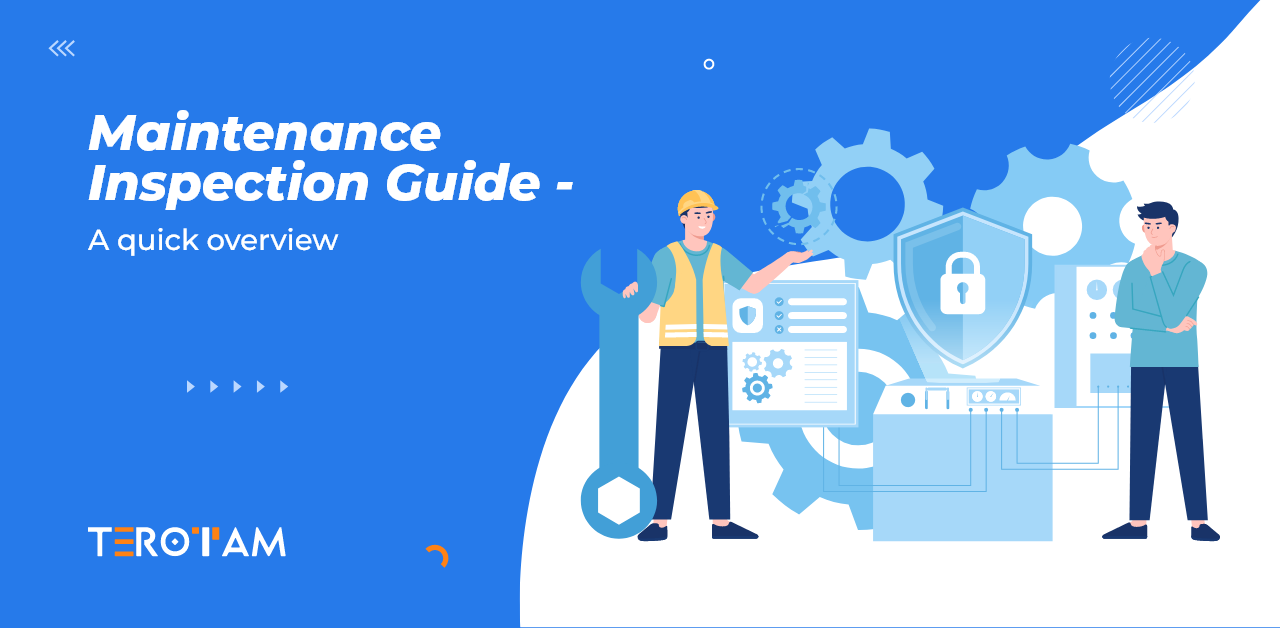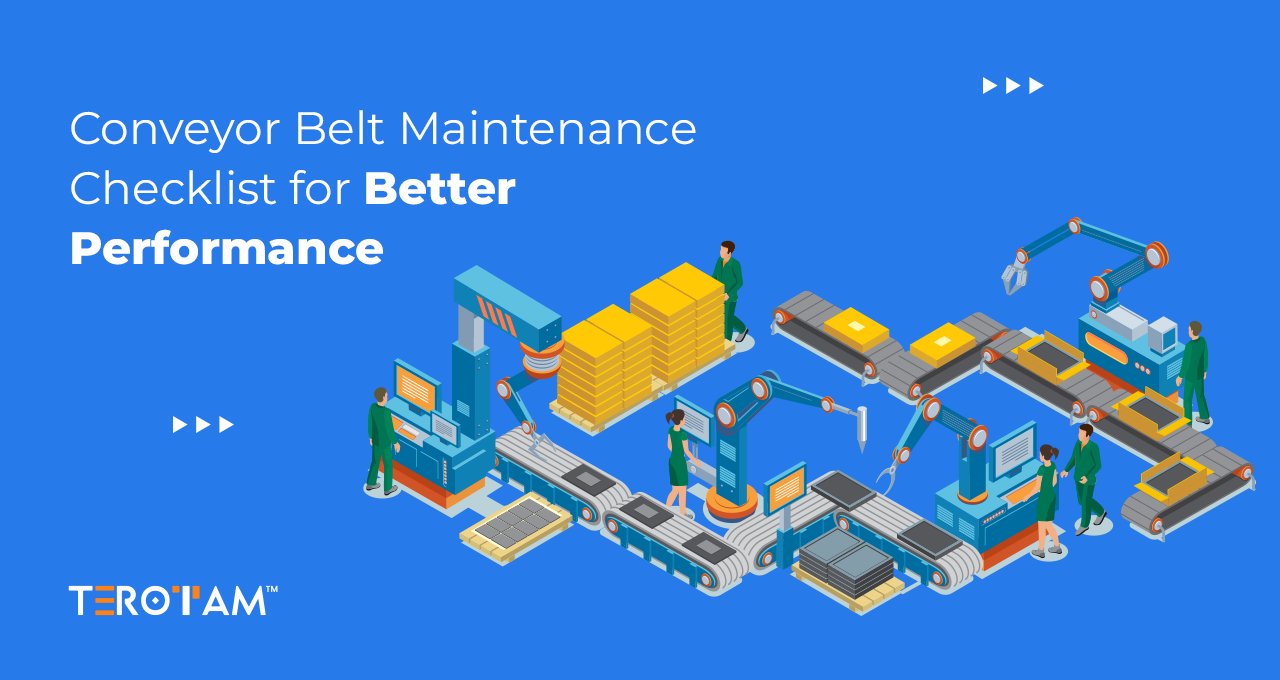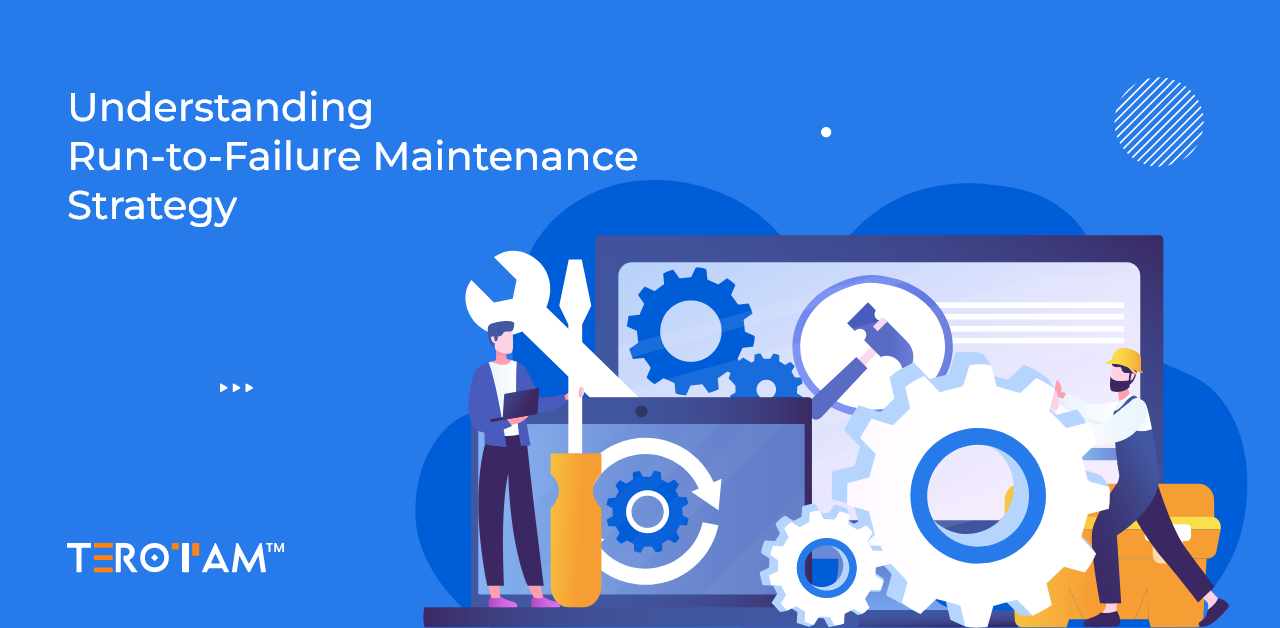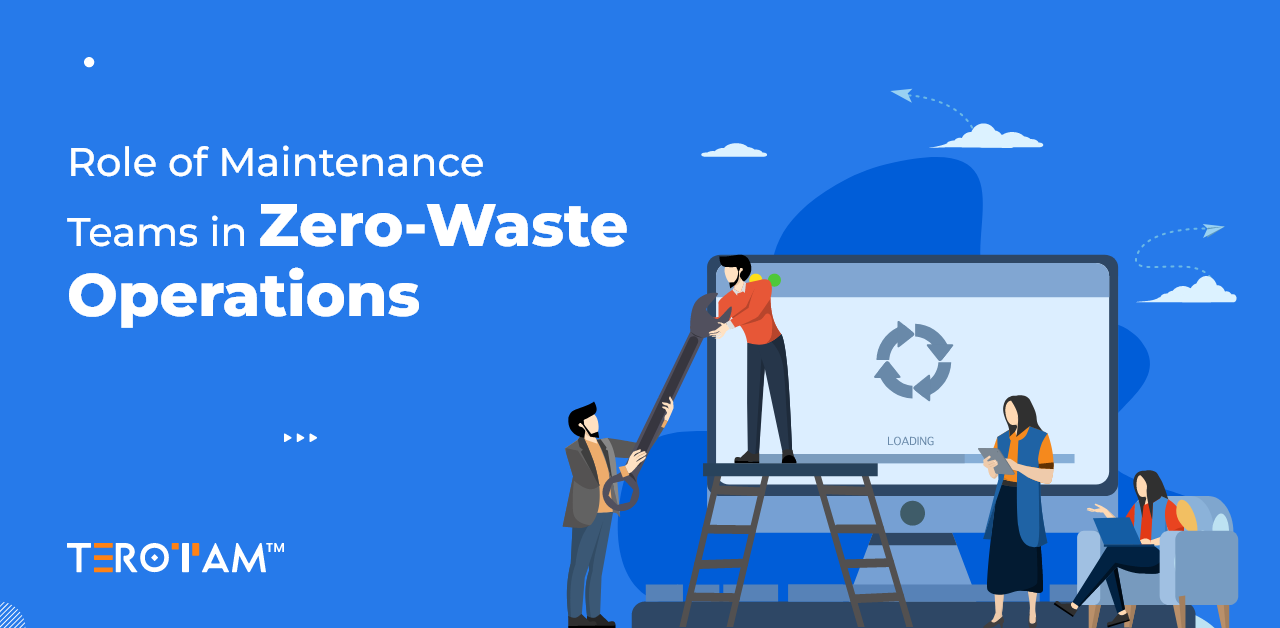Maintenance inspections are a cornerstone of asset management, crucial for ensuring the reliability and longevity of equipment and facilities. In industries ranging from manufacturing to utilities, regular inspections are vital to maintaining operational efficiency, safety, and compliance with regulatory standards.
In this quick guide, we will take an in-depth look at the different types of maintenance inspections, their benefits, common challenges, and best practices for effective implementation.
What is Maintenance Inspection?
Maintenance inspection involves a systematic process of examining equipment, systems, and facilities to assess their condition and performance. The primary objective is to detect any signs of wear, damage, or potential failure before they lead to significant issues. This proactive approach helps maintain operations’ smooth functioning, ensure safety, and minimize downtime.
Inspections can be scheduled regularly (routine inspections), performed on an as-needed basis (reactive inspections), or planned based on predictive analytics (predictive inspections). The scope and frequency of these inspections depend on factors such as the type of equipment, operating environment, and criticality of the asset.
Major Types of Maintenance Inspection
Maintenance inspections come in various forms, each serving a unique purpose in ensuring the reliability and efficiency of equipment. These inspections range from simple visual checks to more complex predictive techniques, all aimed at identifying potential issues before they escalate.
- Visual Inspection
Visual inspection involves examining equipment for visible signs of damage, wear, corrosion, or leaks. It’s a basic yet crucial method to identify obvious defects without the need for specialized tools, relying heavily on the inspector’s experience.
- Functional Inspection
Functional inspections verify that equipment and systems operate correctly and safely. This includes testing machinery, control systems, and safety features, ensuring all components perform their intended functions.
- Performance Testing
Performance testing measures specific parameters like temperature, pressure, and flow rate to ensure equipment operates within specified limits. It helps detect deviations from normal operating conditions, indicating potential issues.
- Non-Destructive Testing (NDT)
NDT uses techniques like ultrasound or X-rays to inspect the internal condition of materials without causing damage. It identifies hidden flaws, such as cracks or voids, which is crucial for assessing the integrity of critical components.
- Predictive Maintenance Inspection
Predictive maintenance uses advanced technologies to forecast equipment failures before they occur. By monitoring conditions like vibration or temperature, it scheduled maintenance based on actual needs, reducing downtime and extending asset life.
Why is Maintenance Inspection Necessary?
Maintenance inspection is essential for preventing unexpected failures. Regularly checking equipment can identify issues like wear and leaks early, allowing for timely repairs. This proactive approach helps avoid costly breakdowns and minimizes downtime, ensuring smooth operations.
Another critical benefit is the enhancement of safety. Regular inspections ensure that all safety features, such as emergency stops and alarms, are functioning correctly. This reduces the risk of accidents and injuries, especially in high-risk industries, protecting both employees and the company from potential liabilities.
Maintenance inspections also help extend the lifespan of equipment. Routine tasks like lubrication and cleaning can prevent minor issues from becoming major problems. This not only prolongs the equipment’s life but also maximizes the return on investment by reducing the need for frequent replacements.
Above all, regular inspections ensure regulatory compliance. Many industries have strict regulations requiring regular equipment checks. With 100% compliant practices, companies avoid fines and legal issues, while also demonstrating their commitment to safety and operational standards.
Major Challenges in Maintenance Inspection
Maintenance inspections, while crucial, come with several challenges.
Resource Constraints
One common issue is resource constraints. Many organizations struggle with limited availability of skilled personnel and specialized tools needed for thorough inspections. This can lead to incomplete checks, missed issues, and ultimately, higher maintenance costs in the long run.
Access to equipment can also be a significant challenge. Some machinery or components are located in difficult-to-reach areas, making inspections time-consuming and sometimes dangerous.
For instance, inspecting equipment at high elevations or in confined spaces requires specialized training and equipment, adding complexity to the inspection process.
Inconsistent Documentation
Another challenge is inconsistent documentation. When inspection records and maintenance logs are not kept up-to-date or are poorly organized, it becomes difficult to track the condition of equipment over time. This lack of consistent data can lead to repeated issues, overlooked maintenance, and an inability to identify patterns that could inform better maintenance strategies.
Finally, subjectivity can be an issue, especially in visual inspections. Different inspectors might interpret what they see in various ways, leading to inconsistent findings. This variability can result in some problems being overlooked or not given the appropriate level of attention. To combat this, standardizing inspection procedures and providing adequate training are crucial steps.
Ideal Checklist for Maintenance Inspection
A comprehensive maintenance inspection checklist helps ensure that all critical aspects of equipment and facilities are thoroughly evaluated. This checklist can be customized based on the specific type of equipment, industry standards, and regulatory requirements.
1. Visual Check for Signs of Damage
- Inspect for Cracks or Fractures: Look for any visible cracks or fractures on equipment surfaces, especially in load-bearing components.
- Check for Corrosion and Rust: Examine metal parts for signs of rust or corrosion, particularly in areas exposed to moisture or chemicals.
- Identify Leaks: Look for leaks of oil, coolant, or other fluids. Check seals and gaskets for integrity.
- Inspect for Wear and Tear: Examine belts, hoses, and other components for wear, cracks, or fraying.
- Assess Alignment and Balance: Check for misalignment or imbalance in rotating parts, which can lead to excessive vibration and wear.
2. Operational Testing
- Start-up and Shutdown Procedures: Verify that the equipment starts and shuts down correctly without any abnormal noises or delays.
- Check for Unusual Noises or Vibrations: Listen for unusual sounds or vibrations during operation, which may indicate internal issues.
- Verify Control Systems: Test control systems, including panels, switches, and automation systems, for proper functionality.
- Safety Interlocks and Alarms: Test safety interlocks, emergency stop buttons, and alarm systems to ensure they are operational and responsive.
3. Performance Metrics
- Measure Temperature Levels: Check the temperature of critical components such as bearings, motors, and heat exchangers to ensure they are within safe operating limits.
- Monitor Pressure Readings: Verify that pressure gauges and sensors are providing accurate readings. Check for any deviations from normal operating ranges.
- Assess Flow Rates: Measure the flow rate of fluids or gasses through pipes and systems, ensuring they meet operational specifications.
- Check Electrical Outputs: Test the electrical output of motors, generators, and other electrical components for consistency and accuracy.
- Vibration Analysis: Conduct vibration analysis to detect any abnormalities that could indicate issues with rotating equipment.
4. Lubrication and Cleanliness
- Lubricate Moving Parts: Ensure all moving parts are properly lubricated according to the manufacturer’s specifications. Check for signs of insufficient lubrication or contamination.
- Inspect Lubrication Systems: Verify that automatic lubrication systems are functioning correctly and that reservoirs are adequately filled.
- Clean Equipment Surfaces: Remove dust, debris, and other contaminants from equipment surfaces to prevent overheating and ensure proper operation.
- Check for Blockages: Inspect filters, vents, and intake areas for blockages that could hinder performance.
5. Electrical Connections
- Inspect Wiring and Cables: Check all wiring and cables for signs of wear, fraying, or damage. Ensure connections are secure and insulated.
- Test Circuit Breakers and Fuses: Verify that circuit breakers and fuses are functioning correctly and have the appropriate ratings.
- Check for Grounding Issues: Ensure all electrical equipment is properly grounded to prevent electrical hazards.
- Inspect Control Panels: Open and inspect control panels for dust, moisture, or signs of overheating. Verify that all connections are secure.
6. Documentation Review
- Review Past Inspection Records: Check previous inspection reports to identify recurring issues or patterns that need attention.
- Update Maintenance Logs: Ensure all recent maintenance activities, including repairs and replacements, are documented.
- Verify Compliance with Maintenance Schedules: Confirm that all scheduled maintenance tasks have been completed on time.
- Record Findings and Recommendations: Document any findings, potential issues, and recommended corrective actions for future reference.
7. Additional Specific Checks (if applicable)
- Hydraulic Systems: Check for proper fluid levels, leaks, and the condition of hoses and seals.
- Pneumatic Systems: Verify air pressure levels, inspect hoses and connections for leaks, and check for proper operation of valves and actuators.
- Cooling Systems: Inspect coolant levels, hoses, and the condition of radiators or heat exchangers. Ensure proper airflow and check for blockages.
- Structural Integrity: Assess the structural integrity of frameworks, supports, and foundations for any signs of wear or damage.
8. Final Inspection and Sign-off
- Ensure All Tools and Equipment are Removed: Verify that all tools, equipment, and materials used during the inspection are removed from the site.
- Double-Check Critical Areas: Re-inspect critical areas to ensure no issues were overlooked.
- Complete Inspection Report: Fill out the inspection report, detailing all findings, actions taken, and recommendations.
- Obtain Necessary Approvals: Ensure the inspection report is reviewed and approved by the relevant personnel, such as maintenance managers or safety officers.
This checklist provides a structured approach to conducting thorough maintenance inspections, ensuring that all aspects of equipment and systems are evaluated and that potential issues are addressed proactively.
How CMMS Can Help You Perform Seamless Maintenance Inspection?
A Computerized Maintenance Management System (CMMS) is an invaluable tool for managing and streamlining maintenance inspection processes. It provides several key features that enhance the efficiency and effectiveness of inspections:
Scheduling and Tracking
CMMS software automates the scheduling of inspections, ensuring that all equipment is inspected at the appropriate intervals. It also tracks the completion status of inspections, providing visibility into upcoming and overdue tasks.
Centralized Documentation
A CMMS stores all inspection records, maintenance logs, and equipment histories in a centralized database. This makes it easy to access and review past data, aiding in trend analysis and decision-making.
Checklist Integration
The system can incorporate digital checklists and forms for inspectors to use during inspections. This standardizes the inspection process and ensures that all critical points are covered.
Real-Time Data Access
With real-time access to equipment data and performance metrics, a CMMS can provide immediate insights into the condition of assets. This allows for quick identification of issues and prioritization of maintenance actions.
Predictive Maintenance
By analyzing historical data and performance trends, a CMMS can help predict potential failures and schedule preventive maintenance activities before issues arise. This proactive approach reduces unplanned downtime and maintenance costs.
Reporting and Analytics
CMMS software offers powerful reporting and analytics capabilities, enabling organizations to track key performance indicators (KPIs), monitor compliance, and assess the effectiveness of their maintenance programs.
Wrapping it up
Maintenance inspections are essential for keeping your operations running smoothly and safely. They help prevent costly breakdowns, enhance safety, and extend the life of your equipment. At TeroTAM, we know these tasks can be challenging, which is why our CMMS solutions are here to make it easier. With our tools, you can streamline your inspection processes and ensure nothing gets overlooked.
Interested in learning more? Reach out to us at contact@terotam.com. We’d love to help you optimize your maintenance strategy!








